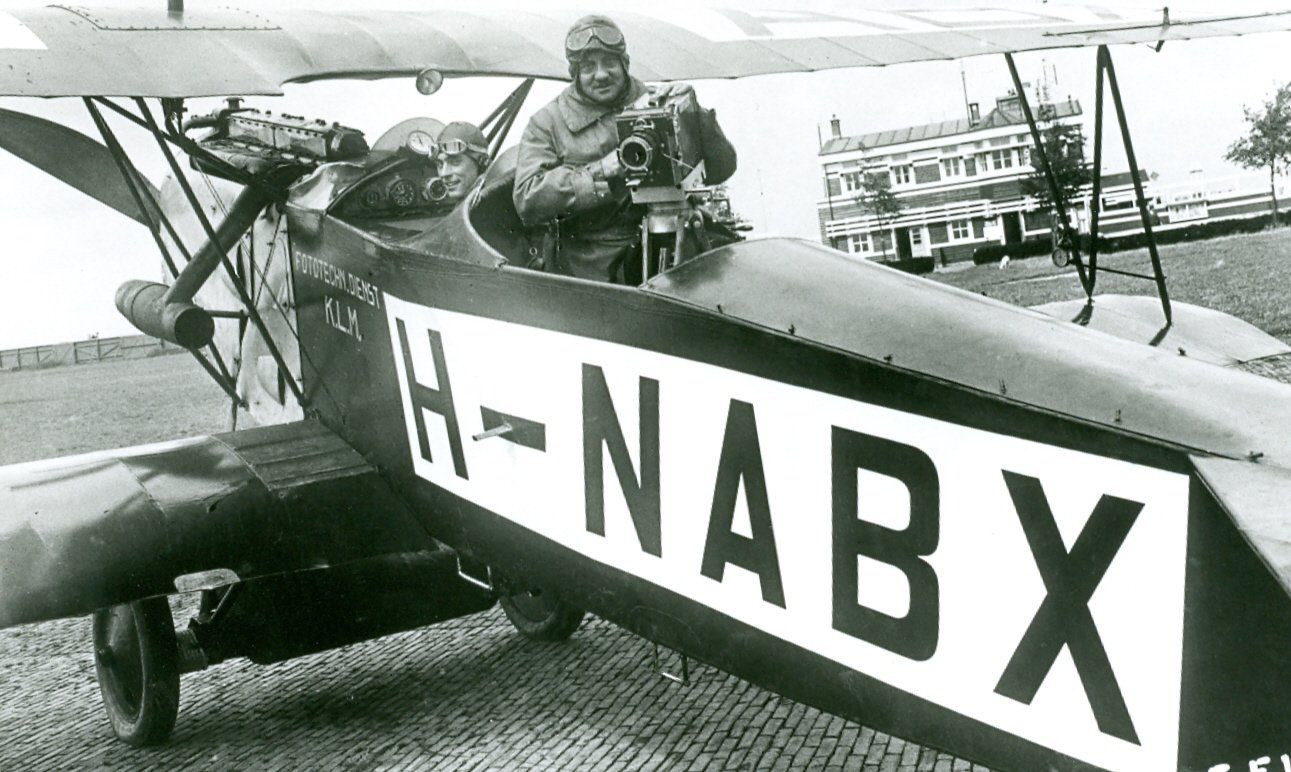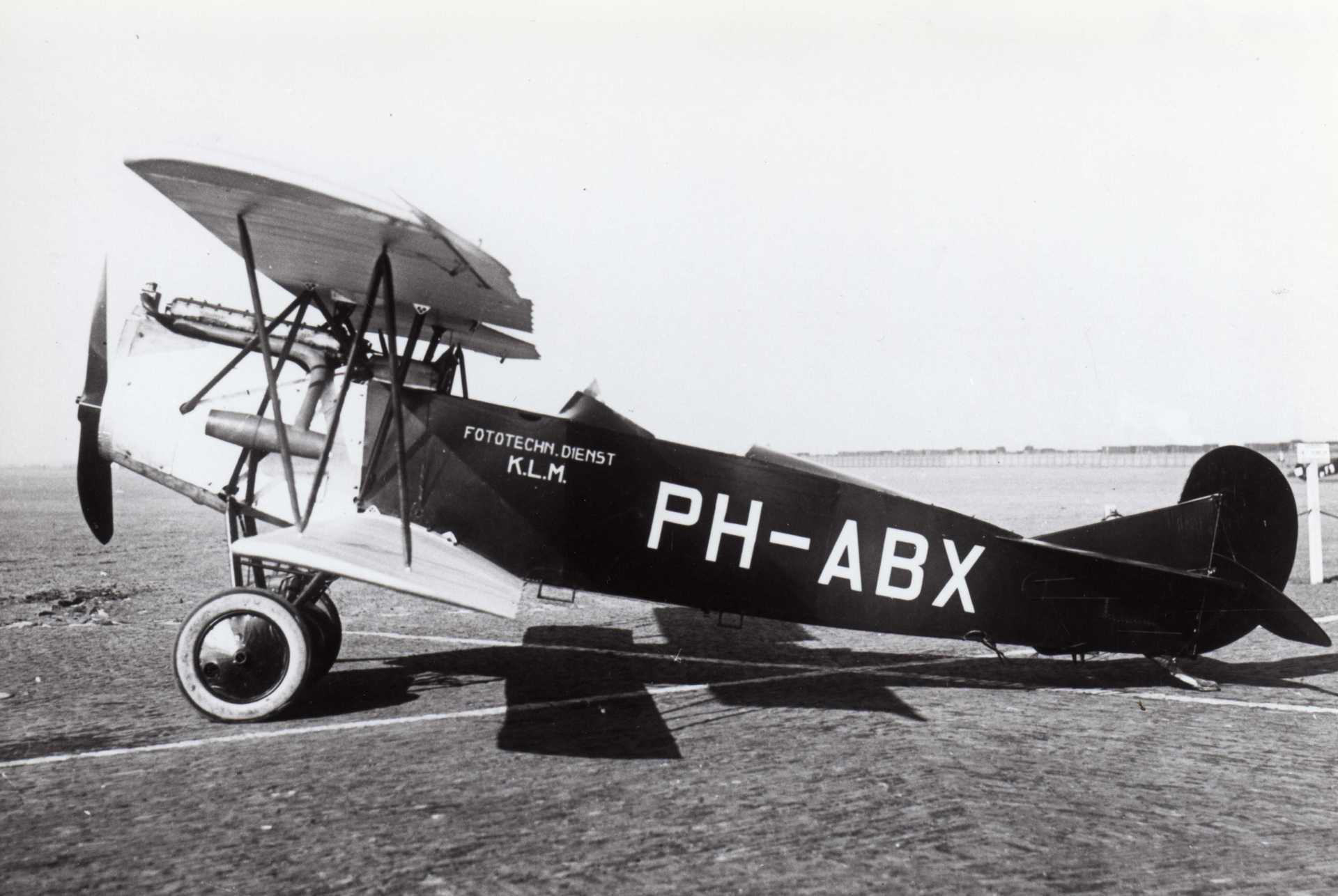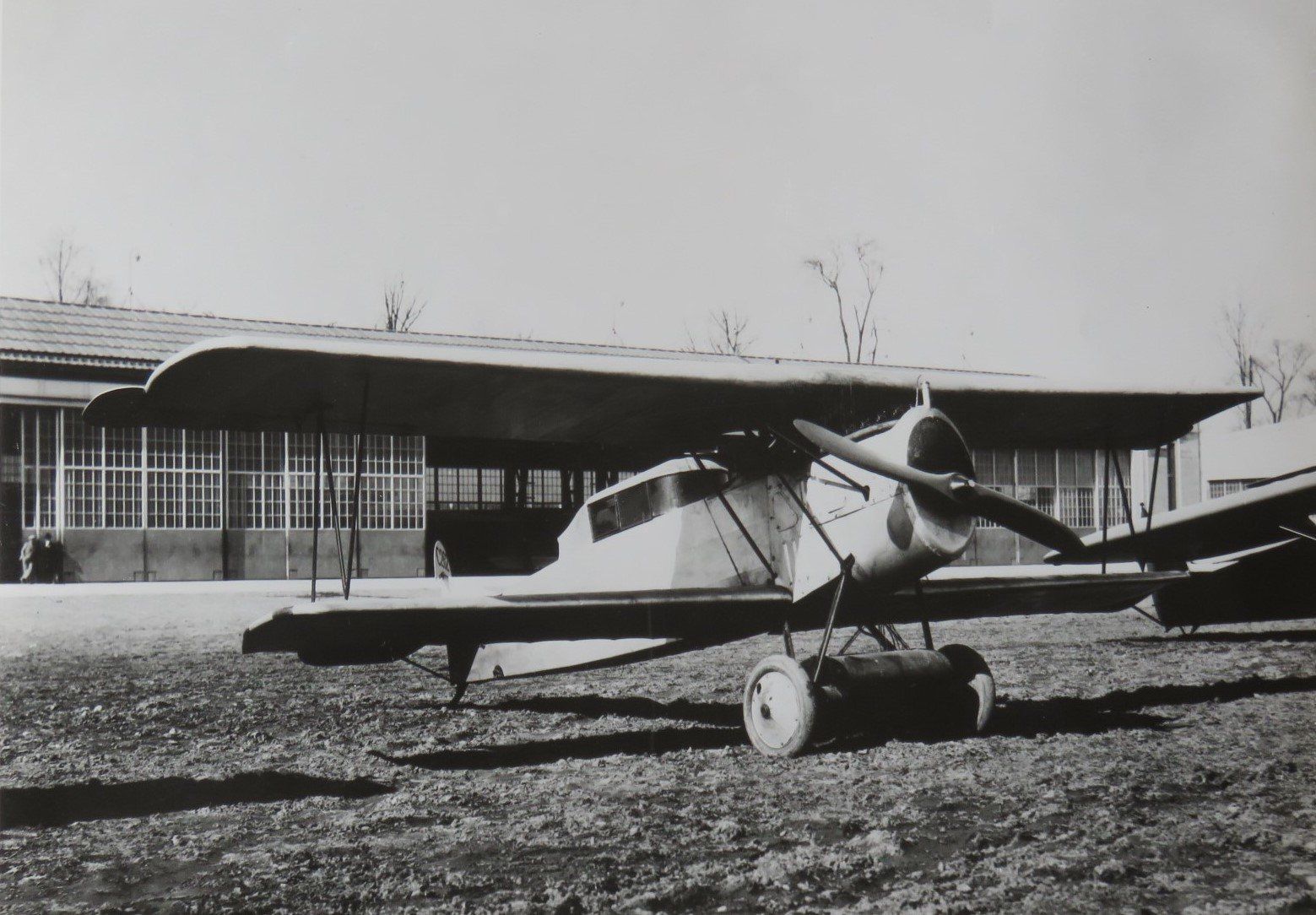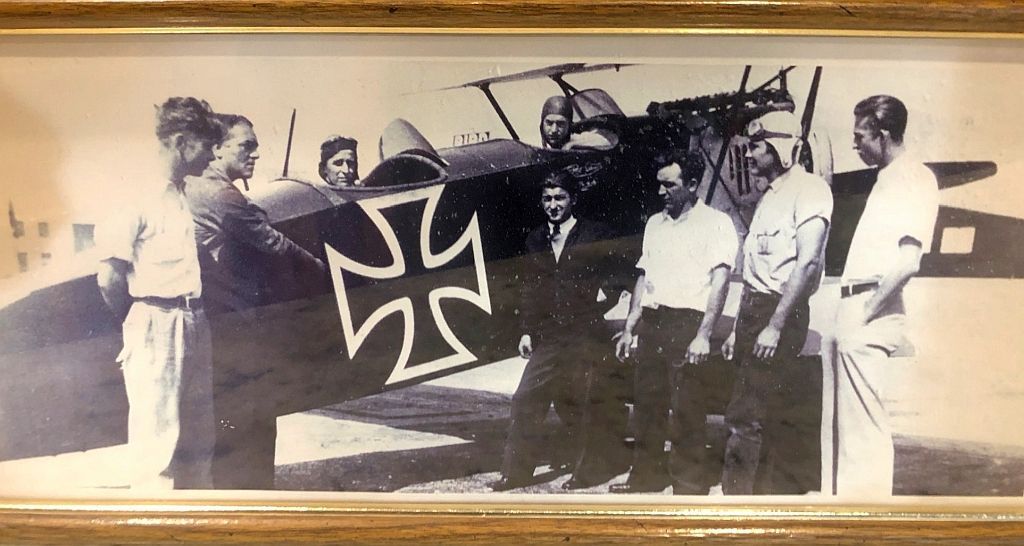De Fokker C.II
preliminary translation
The Fokker C.II came on the market in 1920 and was the civilian (converted) version of the C.I.
A total of approximately 12 copies were made. A number of these went to America and Canada (probably 4 or 6).
The C.II's are almost all converted C.Is that were brought from Schwerin.
Click on a photo to enlarge the photo
















